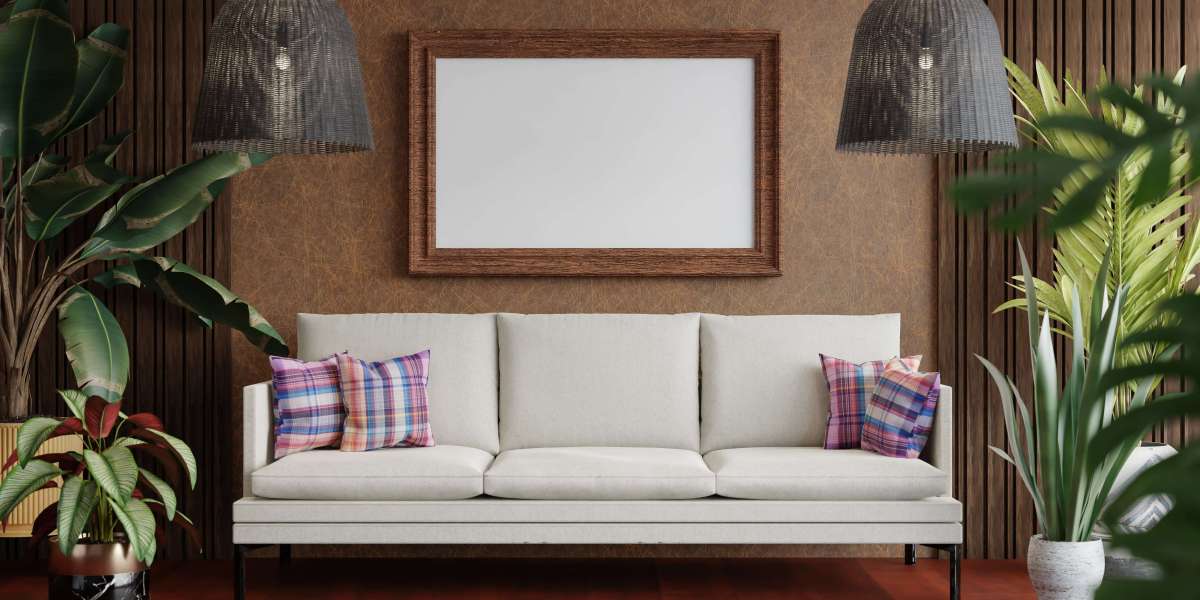A well-designed office is more than just good looks—it’s a tool for productivity, brand alignment, and employee well-being. In competitive markets, where every advantage matters, companies are rethinking how space impacts culture, performance, and perception.
Whether you're a startup building your first headquarters or an established enterprise planning a refresh, corporate office interior design deserves more strategic attention than it's often given.
Why Office Design Is a Business Decision—Not Just Aesthetic
The physical environment influences how people work, feel, and interact. A poorly lit, noisy, or cluttered space doesn’t just affect mood—it directly impacts output. Similarly, a disconnected brand experience inside your office can undercut the identity you're projecting to clients and partners.
Designing an office is about supporting how your business operates. It’s a functional layer of your brand that affects your team daily. That's why it must be treated as a foundational investment—not a decorative afterthought.
Key Benefits of Strategic Office Interior Design
Investing in thoughtful design brings measurable value across several areas of business performance. Here’s how:
1. Boosts Employee Productivity
Natural light, ergonomic furniture, and functional layouts reduce physical fatigue and distractions. Open collaboration areas balanced with quiet zones allow employees to focus or ideate as needed. Good design gives people the right space for the task at hand.
2. Enhances Brand Identity
Every touchpoint in your office—from the reception desk to meeting rooms—tells a story about your brand. Design choices like materials, color palettes, and spatial organization communicate values, energy, and attention to detail. The office becomes a physical extension of your brand ethos.
3. Supports Employee Retention and Recruitment
Top talent cares about where they work. A space that prioritizes comfort, wellness, and flexibility sends a clear message: people matter here. Thoughtfully designed environments create pride of place, which positively affects morale and loyalty.
4. Encourages Collaboration and Innovation
Layout influences behavior. Strategic placement of teams, shared amenities, and creative breakout areas make it easier for people to connect, share ideas, and build momentum. Innovation thrives in environments that encourage spontaneous interaction.
5. Optimizes Real Estate Usage
Design isn't just about more space—it's about using space more intelligently. Multipurpose zones, flexible workstations, and modular furniture can adapt as your needs change. This reduces wasted square footage and improves cost efficiency.
Common Design Mistakes to Avoid
Many businesses approach office interiors with good intentions but fall into avoidable traps. Here's what to watch for:
Form over function: Stylish doesn’t always mean usable. Avoid layouts that look impressive but create workflow friction.
Ignoring acoustics: Sound affects focus. Use sound-absorbing materials, especially in open-plan offices.
Lack of input from employees: Design decisions made in isolation often miss key pain points. Survey your team early in the process.
One-size-fits-all workstations: Not everyone works the same way. Variety in seating, desk setups, and room types helps everyone do their best work.
Overbranding: A few strong brand statements go further than slapping a logo on every wall. Subtle integration is more effective and professional.
Elements That Define a Well-Designed Corporate Office
To create a space that performs as well as it looks, focus on these foundational elements:
Layout and Flow
Design the space to match your team’s rhythm. Where do people gather? Where do they need quiet? How do visitors move through the space? Layouts should support movement, communication, and focus.
Lighting
Daylight is the gold standard. When that’s not possible, invest in ambient and task lighting that mimics natural conditions and reduces eye strain.
Furniture and Ergonomics
Adjustable chairs, standing desks, and lounge seating all contribute to physical comfort. Good ergonomics reduce fatigue and workplace injuries.
Color and Material Palette
Color influences mood and perception. Cool tones often promote calm and focus, while warmer tones can encourage creativity. Materials should balance durability with design appeal.
Tech Integration
Power access, AV equipment, wireless connectivity, and acoustic privacy must be planned—not added later. Modern workplaces demand seamless tech support.
Adapting Office Design for Hybrid and Remote Work Trends
Today’s office isn’t just a place to clock in—it’s a destination for purposeful work. As hybrid work models become the norm, companies are redesigning with flexibility in mind.
Key shifts include:
More shared spaces, fewer assigned desks
Technology-equipped collaboration rooms
Wellness zones and quiet focus areas
Spaces that support video conferencing and hybrid meetings
These updates aren’t just about trends—they’re responses to how work is evolving and what employees need to thrive.
Planning a Redesign: What to Expect
If you're preparing to revamp your office space, start by assembling the right team. You'll need:
An interior designer or workspace strategist
Input from department heads and HR
Budget and timeline clarity
A project manager to coordinate logistics and approvals
The process typically includes:
Discovery and workplace analysis
Space planning and schematic design
Material selection and furniture planning
Construction and installation oversight
Post-occupancy evaluation
Strong planning upfront prevents disruptions during rollout and ensures your investment pays off long-term.
Conclusion: The Impact of Design Backed by Construction Trades Services
A successful office interior doesn't just come from good ideas—it’s built by professionals who understand precision, timing, and execution. The vision set by designers becomes reality through expert construction trades services, ensuring every detail meets both aesthetic and operational standards. For any business serious about performance, culture, and growth, investing in design—and building it right—isn’t optional. It’s foundational.








